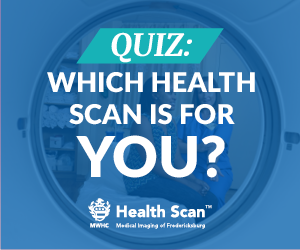Our adult skeleton is comprised of 206 bones that provide a framework in which all our organs live. Our skeleton is also the storage bank for a mineral that is necessary for our bodies to function – calcium.
At the age of 40, we begin losing bone mass.
That’s right, the young age of 40! And if we don’t give our bones the nutrients they need to be healthy and strong, we continue to lose bone mass, making our bones weak which can lead to breaking bones and osteoporosis. Maintaining healthy bones is essential for good health.
The great news? We can do something about it! Doing some exercise and eating a diet rich in bone-healthy nutrients will give our bodies what they need to remain strong.
Eating for Calcium and Vitamin D
The two most important nutrients are calcium and vitamin D. These can be found in some fortified drinks, like orange juice, soy milk and almond milk. You can find some cereals and bread that are fortified with calcium and vitamin D as well.
But this is not the most effective way to receive these vital nutrients. When we eat the foods that naturally contain calcium and vitamin D we also eat the vast number of other nutrients that aid in our absorption. Our bodies are meant to eat the whole food (not just a nutrient taken out of real food and added to another).
Some of these amazingly rich whole foods are…
- milk
- yogurt
- cheese
- collard greens
- turnip greens
- kale
- okra
- Chinese cabbage
- dandelion greens
- mustard greens
- broccoli
- One more tip on calcium – molasses! Molasses has 41 milligrams of calcium in just one tablespoon. Try putting molasses in your oatmeal instead of honey.
Note that dark green veggies also contain vitamin K, another nutrient that reduces your risk of osteoporosis.
Vitamin D is important because it helps your body use the calcium, and it comes from sunshine! But you can also get this nutrient from fish:
- salmon
- tuna
- sardines
You may want to ask your doctor about taking a Vitamin D supplement as well.
Eating for Magnesium and Potassium
Magnesium and potassium are two “lesser” minerals needed for good bone health. Magnesium is important for your vitamin D balance, which–as we stated–helps your body absorb calcium. Magnesium rich foods include:
- spinach
- beet greens
- okra
- tomato products
- artichokes
- plantains
- potatoes
- sweet potatoes
- collard greens
- raisins
The job of potassium is to neutralize acid in your body that would otherwise be leaching calcium from your bones. Eat a delicious baked sweet potato for both magnesium and potassium. (A little added tip – top that sweet potato with cinnamon to boost your immunity against cancer-causing free radicals.)
For more potassium try:
- white beans
- spinach
- baked acorn squash
- avocados
- white mushrooms
- bananas
(Side Note: Soda drinks are extremely acidic to your body. A very bad choice for bone health.)
Dried fruits and nuts are also high in potassium:
- apricots
- peaches
- prunes
- raisins
- figs top the list with 542 milligrams of potassium and 31 milligrams of magnesium
- Try potassium-rich almond butter. Two tablespoons contain 112 milligrams of calcium (another place to add that cinnamon).
Being proactive about your bone health is not only important, it is very doable. And if you experiment with the delicious foods that bring you the proper nutrients, it can be fun as well.













